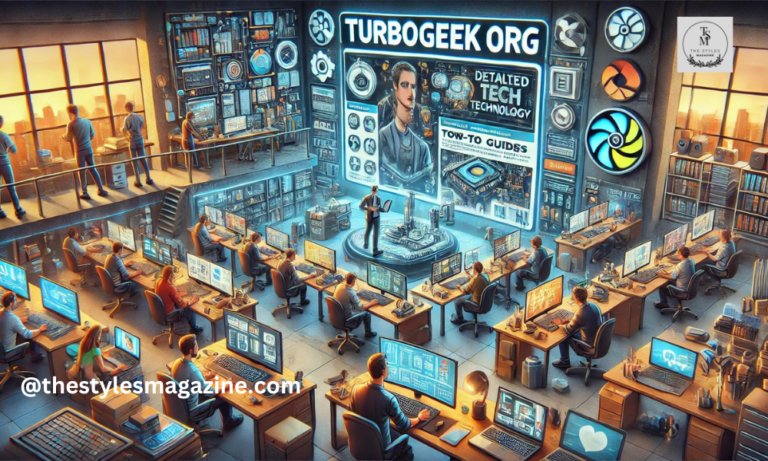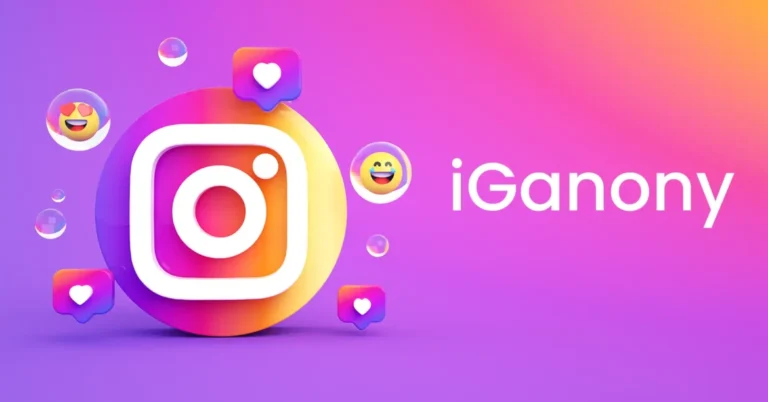Understanding GDP Deleted Scene: A Comprehensive Guide
When discussing GDP deleted scene content, it’s important to approach the topic with sensitivity while acknowledging its controversial nature in internet history. This article aims to provide factual, historical context about this topic and its broader implications for online content moderation.
Historical Context
The term “GDP deleted scene” refers to content that was removed from certain online platforms between 2015-2020. These materials were part of a larger controversy that led to significant legal actions and discussions about online content responsibility.
Legal Developments and Implications
The legal landscape surrounding GDP deleted scene content underwent significant changes during the late 2010s:
- Federal investigations began in 2019
- Multiple platforms implemented stricter content policies
- New legislation was enacted to prevent similar incidents
Impact on Content Moderation
The GDP deleted scene controversy led to several important changes in how online platforms handle content:
Platform Responses
- Enhanced verification procedures
- Improved content review systems
- Stricter upload guidelines
- Better reporting mechanisms
Industry Changes
Many platforms implemented new safeguards:
- Required documentation for uploads
- Advanced content scanning technology
- Partnerships with monitoring organizations
- Improved user reporting systems
Technology Solutions
Modern content moderation uses various tools to prevent problematic content:
- AI-powered detection systems
- Digital fingerprinting
- Automated content scanning
- Human review processes
Educational Impact
The GDP deleted scene situation has become a case study in:
- Digital ethics courses
- Legal education programs
- Content moderation training
- Online safety workshops
Preventive Measures
Current preventive strategies include:
Technical Solutions
- Content hashing databases
- Automated filtering systems
- Machine learning algorithms
Policy Changes
- Enhanced verification requirements
- Stricter content guidelines
- Better reporting mechanisms
Industry Response
The broader internet industry responded with:
- New content policies
- Improved moderation tools
- Enhanced user protection measures
- Better cooperation with authorities
User Protection
Modern platforms now implement various user protection measures:
- Advanced content filtering
- User verification systems
- Improved reporting tools
- Better support services
Platform Responsibility
Current platform responsibilities include:
- Content monitoring
- User verification
- Quick response to reports
- Cooperation with authorities
Educational Resources
Various resources are available for learning about online safety:
- Digital literacy programs
- Online safety courses
- Educational materials
- Training programs
Technical Implementation
Modern content protection systems use:
- AI-powered scanning
- Digital fingerprinting
- Content matching
- Human review processes
Future Developments
Ongoing improvements in content moderation include:
- Advanced AI systems
- Better detection tools
- Improved verification methods
- Enhanced user protection
Legal Framework
Current legal frameworks address:
- Content responsibility
- Platform liability
- User protection
- Reporting requirements
International Cooperation
Global efforts include:
- Cross-border cooperation
- International agreements
- Shared databases
- Unified response protocols
User Awareness
Important aspects of user awareness include:
- Understanding content policies
- Knowing reporting procedures
- Recognizing problematic content
- Supporting safe practices
Platform Guidelines
Modern platforms implement:
- Clear content policies
- User verification systems
- Reporting mechanisms
- Support services
Safety Measures
Current safety measures include:
- Content screening
- User verification
- Report monitoring
- Quick response protocols
Industry Standards
New industry standards focus on:
- Content verification
- User protection
- Platform responsibility
- Safety measures
Professional Training
Training programs now cover:
- Content moderation
- User protection
- Legal compliance
- Safety protocols
Technological Solutions
Modern solutions include:
- AI monitoring
- Content scanning
- Digital fingerprinting
- Automated detection
Regulatory Compliance
Platforms must comply with:
- Legal requirements
- Industry standards
- Safety protocols
- User protection measures
User Guidelines
Important guidelines include:
- Content policies
- Reporting procedures
- Safety measures
- Support resources
Research and Development
Ongoing research focuses on:
- Improved detection methods
- Better protection systems
- Enhanced user safety
- Advanced monitoring tools
Conclusion
The GDP deleted scene controversy has led to significant changes in how online content is monitored and regulated. These changes continue to influence platform policies and user protection measures today. The industry’s response has created stronger safeguards and better protection systems for all users.
Resources and Support
For more information about online safety and content policies, consider these resources:
- Digital safety organizations
- Online protection groups
- Legal resources
- Support services
The topic of GDP deleted scene remains an important case study in online content moderation and platform responsibility. Understanding its impact helps create safer online spaces and better protection systems for all users.
Remember that if you encounter any concerning content online, report it to the appropriate authorities and platform administrators immediately. Stay informed about platform policies and safety measures to help maintain a safer internet for everyone.







